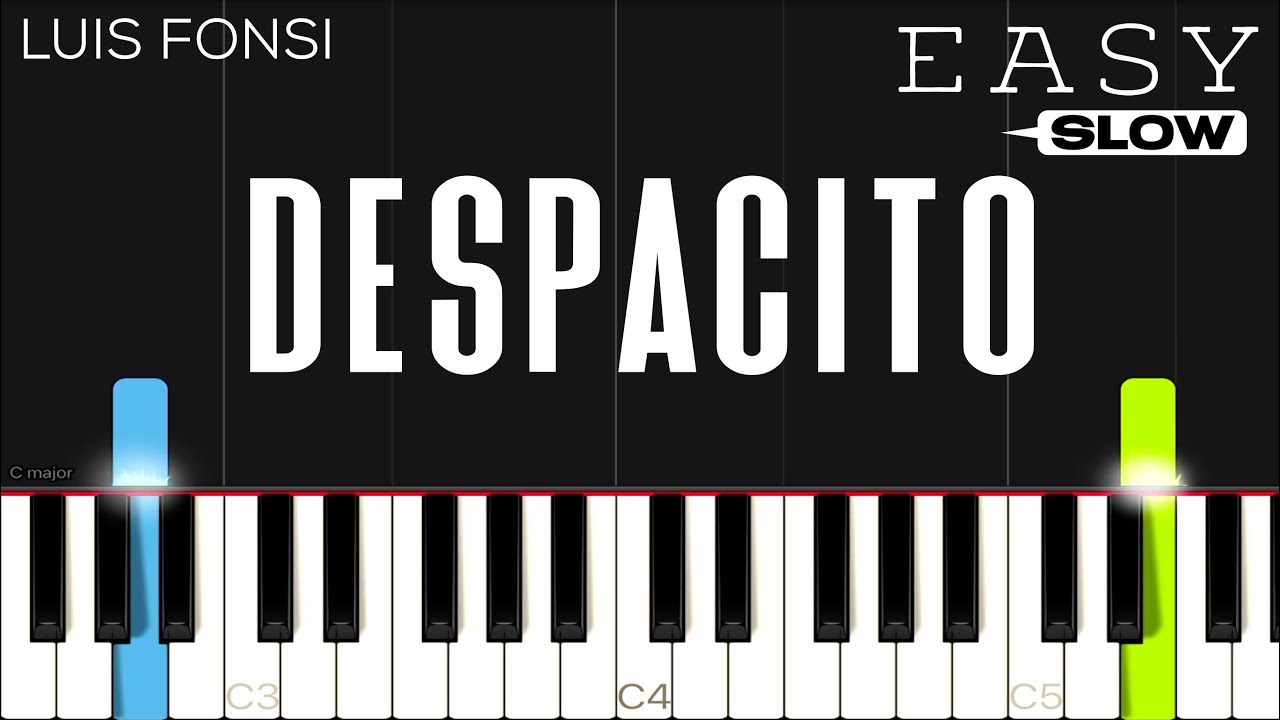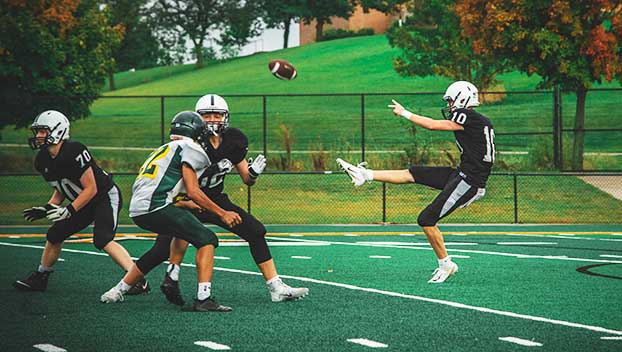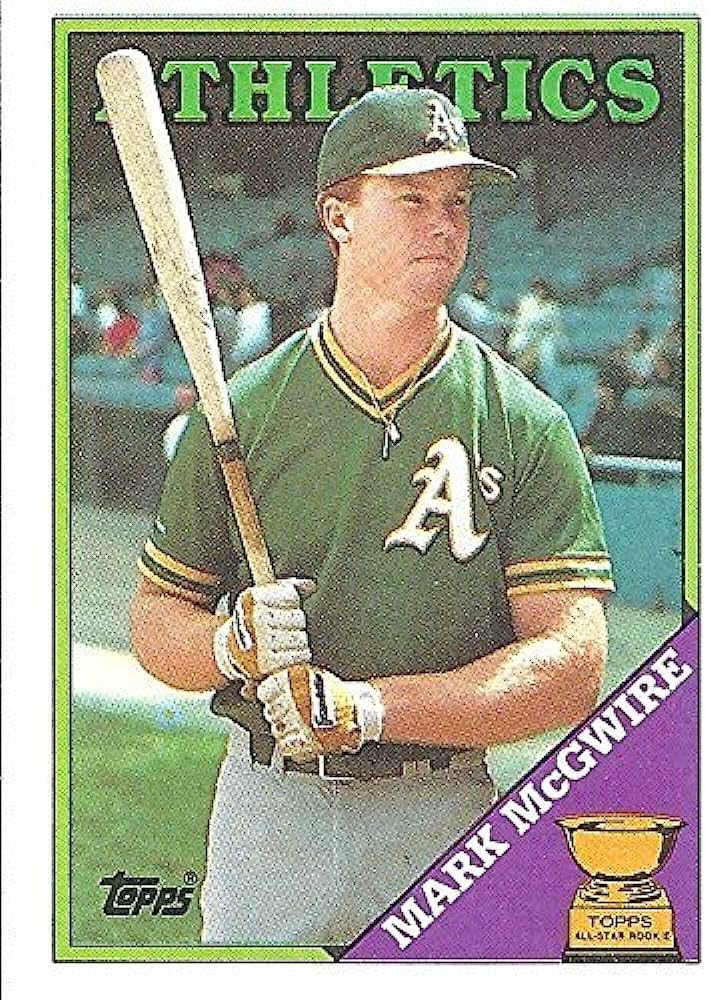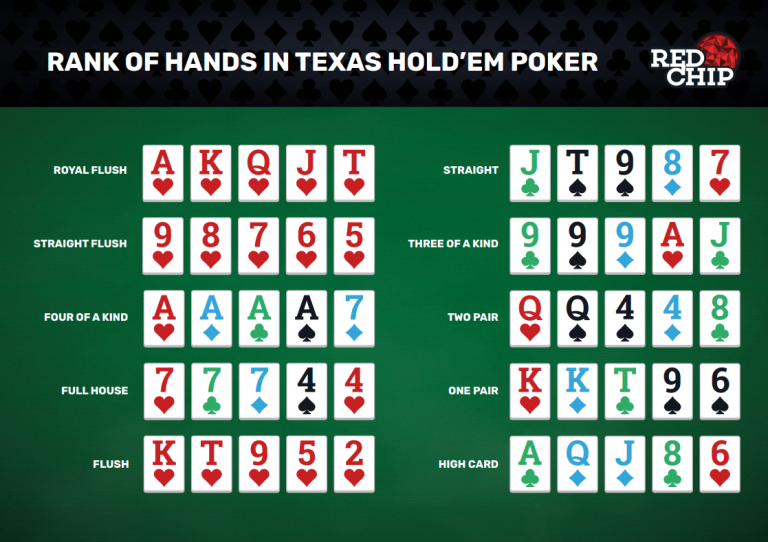How To Play Despacito On Piano Easy Slow?
So, you’ve fallen in love with the catchy tune of “Despacito” and now you’re eager to learn how to play it on the piano? Look no further! In this article, we’ll guide you through the process of playing “Despacito” on the piano in an easy and slow manner. Whether you’re a beginner or have some piano skills, we’ve got you covered!
Learning to play a popular song like “Despacito” on the piano can be a fun and rewarding experience. Not only will you impress your friends and family, but you’ll also develop your musical skills along the way. In this step-by-step guide, we’ll break down the song into simple and easy-to-follow instructions, ensuring that you can play it at your own pace.
By the end of this article, you’ll be able to serenade everyone with your own rendition of “Despacito” on the piano. So, let’s get started and bring some Latin flavor to your piano playing!
How to Play Despacito on Piano Easy Slow?
- Start by finding the sheet music for Despacito. You can search for it online or purchase a piano book that includes the song.
- Familiarize yourself with the basic notes and chords used in the song. Practice playing them slowly and accurately.
- Once you feel comfortable with the basic notes, begin adding the rhythm and tempo of the song. Take it slow at first to ensure accuracy.
- Gradually increase the speed as you become more comfortable with the song. Remember to practice regularly to build muscle memory.
- Keep practicing and refining your technique until you can play Despacito on piano easily and slowly. Don’t be afraid to experiment and add your own style to the song!

How to Play “Despacito” on Piano: Easy and Slow
Playing the piano can be a rewarding and enjoyable experience, especially when you learn to play popular songs like “Despacito.” This catchy Latin pop song by Luis Fonsi and Daddy Yankee took the world by storm and became a global hit. In this article, we will guide you through the steps of playing “Despacito” on the piano, making it easy and slow for beginners. Whether you’re a beginner or an intermediate pianist, you’ll be able to impress your friends and family with your rendition of this popular song.
1. Getting Familiar with the Chords
Before you start playing “Despacito” on the piano, it’s essential to familiarize yourself with the chords used in the song. The main chords you’ll need to know are D, Bm, G, and A. These chords create the foundation of the song and are repeated throughout. Take some time to practice transitioning between these chords smoothly, as it will make playing the song much easier.
To play the D chord, place your thumb on the D key, your middle finger on the F# key, and your pinky finger on the A key. For the Bm chord, place your thumb on the B key, your middle finger on the D key, and your pinky finger on the F# key. The G chord is played by placing your thumb on the G key, your middle finger on the B key, and your pinky finger on the D key. Lastly, the A chord is played by placing your thumb on the A key, your middle finger on the C# key, and your pinky finger on the E key.
1.1 The D Chord
The D chord is one of the most essential chords in “Despacito.” It sets the tone for the song and creates a melodic foundation. To play the D chord, place your thumb on the D key, your middle finger on the F# key, and your pinky finger on the A key. Practice playing this chord repeatedly until you feel comfortable transitioning to other chords.
One way to practice the D chord is by playing it in a rhythmic pattern. Start by playing the D chord once, then lift your fingers slightly and play it again. Repeat this pattern several times, gradually increasing your speed. This exercise will help you develop coordination and improve your overall piano playing skills.
1.2 The Bm Chord
The Bm chord is another crucial chord in “Despacito.” It adds depth and complexity to the song and creates a beautiful harmony. To play the Bm chord, place your thumb on the B key, your middle finger on the D key, and your pinky finger on the F# key. Practice transitioning between the D and Bm chords to get a feel for the song’s progression.
One technique to master the Bm chord is by playing arpeggios. An arpeggio is when you play the individual notes of a chord in a sequence. Start by playing the Bm chord and then play each note separately from the lowest to the highest. Repeat this pattern several times, gradually increasing your speed. This exercise will help you build finger strength and improve your dexterity.
2. Learning the Melody
Once you’re comfortable with the chords, it’s time to learn the melody of “Despacito.” The melody is what gives the song its distinctive sound and character. In the beginning, the melody is primarily played with the right hand while the left hand maintains the chord progression.
Start by practicing the melody slowly, focusing on accuracy and timing. Break it down into small sections and practice each section individually before putting them together. As you become more comfortable with the melody, gradually increase your speed until you can play it at the original tempo.
2.1 Playing the Melody with the Right Hand
Playing the melody with your right hand requires coordination and precision. Start by familiarizing yourself with the notes of the melody. The melody of “Despacito” is primarily composed of the notes D, E, F#, and A. Practice playing these notes in different sequences and patterns to develop your muscle memory.
Once you’re comfortable with the notes, start incorporating the rhythm of the song. Pay attention to the timing and the placement of the notes within each measure. Practice playing the melody slowly at first, gradually increasing your speed as you become more proficient.
2.2 Adding the Left Hand Accompaniment
To make your rendition of “Despacito” sound fuller and more complete, you can add a left-hand accompaniment to complement the melody. The left hand can play the chord progression while the right hand plays the melody.
Experiment with different patterns and rhythms for the left-hand accompaniment. You can try playing the chords in a rhythmic pattern or arpeggiating them. Find a pattern that fits the style and feel of the song and enhances the overall sound.
3. Adding Dynamics and Expression
To truly capture the essence of “Despacito” and make your rendition stand out, it’s important to incorporate dynamics and expression into your playing. Dynamics refer to the variation in volume, while expression relates to the emotion and interpretation of the music.
Experiment with playing certain sections of the song louder or softer to create contrast and add depth to your performance. Use different articulations, such as staccato or legato, to bring out the musical nuances. Pay attention to the phrasing and use subtle pauses to create tension and release.
Remember, playing with dynamics and expression is a personal interpretation, so don’t be afraid to experiment and make the song your own.
4. Practice, Practice, Practice
Learning to play “Despacito” on the piano, or any song for that matter, takes time and practice. Set aside dedicated practice sessions each day to work on different aspects of the song. Focus on the challenging sections and break them down into smaller, more manageable parts.
Consistency is key when it comes to practicing the piano. Aim to practice for at least 30 minutes to an hour each day. As you progress, gradually increase the difficulty level by incorporating more complex techniques and variations.
Remember to be patient with yourself and enjoy the process of learning. Playing the piano is a journey, and each step brings you closer to becoming a proficient pianist.
Final Thoughts
Learning to play “Despacito” on the piano can be a fun and rewarding experience. By familiarizing yourself with the chords, learning the melody, and adding dynamics and expression, you’ll be able to create your own beautiful rendition of this popular song.
Don’t forget to practice regularly and be patient with yourself. With time and dedication, you’ll master the art of playing “Despacito” on the piano and impress everyone with your musical skills.
Key Takeaways: How to Play “Despacito” on Piano Easy and Slow
- Start by learning the basic chords of the song.
- Practice playing the melody of the song with your right hand.
- Add the left-hand accompaniment using simple chord progressions.
- Take it slow and gradually increase the tempo as you become more comfortable with the song.
- Use online tutorials and sheet music to help you learn and practice.
Frequently Asked Questions
Looking to learn how to play “Despacito” on the piano in an easy and slow manner? Here are some commonly asked questions to help you get started.
1. What are the basic chords for playing “Despacito” on the piano?
To play “Despacito” on the piano, you’ll need to know a few basic chords. The main chords used in the song are Dm, G, C, and F. These chords are relatively easy to play and provide the foundation for the song. Practice transitioning between these chords smoothly to get the hang of the song’s progression.
Start by placing your left hand on the Dm chord, which consists of D, F, and A. Then, add your right hand to play the melody with the G, B, and D keys. Move on to the C chord, which is made up of C, E, and G, and play the melody with your right hand. Finally, transition to the F chord, which includes F, A, and C, and play the melody with your right hand again. Repeat these chords throughout the song to create a beautiful rendition of “Despacito” on the piano.
2. How can I slow down the tempo of “Despacito” on the piano?
If you want to play “Despacito” at a slower tempo on the piano, there are a few techniques you can employ. Firstly, try practicing the song at a slower pace, gradually increasing the speed as you become more comfortable. This will allow you to focus on playing the correct notes and chords without feeling rushed.
Additionally, you can utilize the sustain pedal to create a more relaxed and smooth sound. By holding down the sustain pedal while playing each chord, you can blend the notes together and create a slower, more legato melody. Experiment with different pedal techniques to find the perfect balance of tempo and expression for your rendition of “Despacito” on the piano.
3. Are there any simplified versions of “Despacito” for beginners?
Yes, there are simplified versions of “Despacito” available for beginners who are just starting to learn the piano. These simplified arrangements typically focus on the main melody and use basic chords that are easier to play. They also often include finger numbers and other helpful annotations to guide beginners through the song.
Look for simplified sheet music or tutorials specifically designed for beginners. These resources can provide step-by-step instructions, fingerings, and simplified notation to help you learn how to play “Despacito” on the piano in an easy and slow manner.
4. How can I improve my coordination when playing “Despacito” on the piano?
Improving coordination while playing “Despacito” on the piano requires practice and focus. One effective technique is to break the song down into smaller sections and practice each section separately. This allows you to concentrate on specific chord progressions and hand movements, gradually building muscle memory and coordination.
Additionally, try practicing with a metronome to develop a steady sense of rhythm. Start at a slower tempo and gradually increase the speed as you become more comfortable. This will help you synchronize your hands and maintain a consistent beat while playing “Despacito” on the piano.
5. Are there any online tutorials or resources to help me learn “Despacito” on the piano?
Yes, there are plenty of online tutorials and resources available to help you learn how to play “Despacito” on the piano. YouTube is a great platform to find video tutorials that break down the song step by step. You can also find sheet music and chord charts on various websites dedicated to piano tutorials.
Take advantage of these resources to learn the song at your own pace and practice along with the tutorials. As you progress, feel free to add your own personal touch and interpretation to make your rendition of “Despacito” on the piano unique and enjoyable.
Luis Fonsi – Despacito ft. Daddy Yankee | SLOW EASY Piano Tutorial
Final Thoughts
So there you have it, folks! Learning how to play “Despacito” on the piano in an easy and slow manner is definitely within reach. By following the step-by-step instructions and practicing regularly, you’ll be able to impress your friends and family with your rendition of this popular song. Remember to start with the basics, master the chords, and gradually build up your speed. The key is to take it slow and steady, just like the song itself!
Playing the piano is not only a great way to express your creativity, but it also offers numerous benefits such as improving cognitive skills, relieving stress, and boosting confidence. So don’t be afraid to dive in and give it a try! Whether you’re a beginner or an experienced player, this guide has provided you with the tools you need to tackle “Despacito” with ease. Embrace the challenge, have fun with it, and enjoy the journey of becoming a skilled pianist.
Remember, practice makes perfect, so keep at it and don’t get discouraged if you make mistakes along the way. With dedication and perseverance, you’ll soon be playing “Despacito” flawlessly and impressing everyone around you. So grab your sheet music, sit down at the piano, and let the melodious sounds of this chart-topping hit fill the air. Get ready to captivate your audience with your own unique rendition of “Despacito”!






